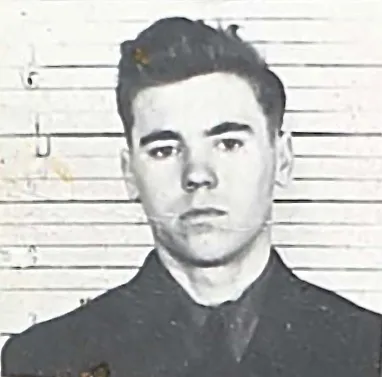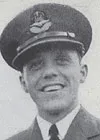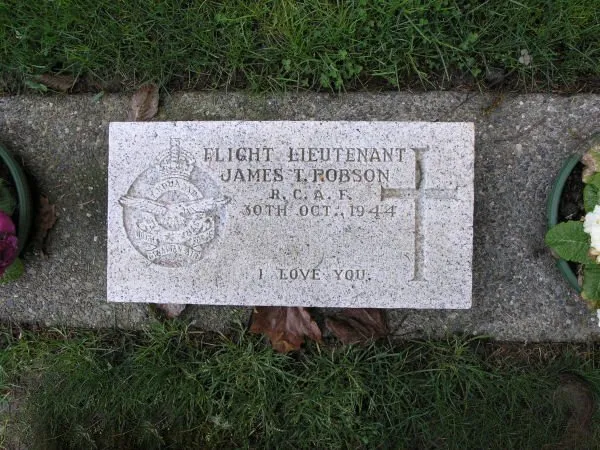Fedush, George E (Civilian)
Killed in Flying Accident 1944-October-30

Birth Date: unkown date
Born:
Parents:
Spouse:
Home:
Enlistment:
Enlistment Date: unkown date
Service
Unit
8 AOS- Air Observer School
Base
Ancienne Lorrette, Quebec, Canada
Rank
Civilian
Position
Service Numbers
Crew or Other Personnel
Anson 11705
Accident Card - Avro Anson Mk. V serial:11705
This accident involved 1 aircraft on 1944-October-30. Anson V s/n 11705.
This accident involved 5 people. Carey OW, Fedush GE, Gillingham JDW, Muir WG, Robson JT
This accident had 5 fatalities. Flying Officer James David Nicol Gillingham RCAF Killed in Flying Accident service no:J/24231 Anson 11705, Flying Officer William Graham Muir RCAF Killed in Flying Accident service no:J/24212 Anson 11705, Flight Lieutenant James Thomas Robson RCAF Killed in Flying Accident service no:J/9151 Anson 11705, Civilian George E Fedush Killed in Flying Accident service no: Anson 11705, Corporal Orran Willard Carey RCAF Killed in Flying Accident service no:R/154799 Anson 11705
Anson serial: 11705
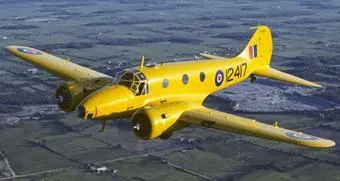
Canadian Warplane Heritage Museum
The Museum's Anson Mk. V was built by MacDonald Brothers in Winnipeg in 1944. It flew with No. 7 Photographic Wing and No. 414 Squadron in Ottawa on photo survey work until the late 1940s. In 1956, it was purchased by INCO and used for mineral surveying until 1980, when it was donated to the Museum. The exterior is painted in the yellow colour common to all BCATP trainers and is in its same wartime RCAF markings.
The Avro Anson was known by a number of nicknames including "Faithful Annie" or "Flying Greenhouse". It was the first aircraft to be flown by the Royal Canadian Air Force to have a retractable undercarriage, which was a comparative novelty in 1936. In 1940, a Canadian government owned company, Federal Aircraft Limited, was created in Montreal to manufacture the Anson for Canadian use. Nearly 3,000 Anson aircraft were produced and, in the early days of the British Commonwealth Air Training Plan (BCATP), the Anson was the standard trainer for many pilots, observers (navigators), wireless operators and bomb aimers. More than 20,000 aircrew received training on the Anson. In Canadian service, the aircraft was substantially re-designed with the substitution of North American engines and many other airframe and equipment changes. Harold Skaarup web pages
Aircraft Images
Anson 11705
Anson Mk. V 11705
First assigned to No. 8 Air Observers School at Ancienne Lorette, Quebec. To Canada Car & Foundry at Amherst, NS for wing modifications, 21 to 28 July 1944. To No. 3 Training Command when completed. Still with No. 8 AOS when it suffered a Category A crash on 30 October 1944. Caught in bad weather on a cross country training flight, was apparently trying to land at Megantic, Quebec when it struck the top of Mt. Cecile (9 miles north of Magentic airport) at 09:30 . All 6 occupants killed. Ownership to No. 9 Repair Depot on 16 November 1944. Scrapped by No. 9 Repair Depot.1943-08-19 Taken on Strength No. 3 Training Command 2019-08-20
1944-October-30 Accident: 8 Air Observer School Loc: Magantic Names: Carey | Fedush | Gillingham | Muir | Robson
1944-11-30 Struck off Strength Struck off, reduced to spares and produce 2020-10-11
Unit Desciption
8 AOS (8 Air Observer School)
Air Observers were later called "navigators". For recruits in this stream, the training path after ITS was 8 weeks at an Air Observer School (AOS), 1 month at a Bombing & Gunnery School, and finally 1 month at a Navigation School. The Air Observer schools were operated by civilians under contract to the RCAF. For example, Nos. 7, 8, and 9 were run by CP Airlines. However, the instructors were RCAF. The basic navigation techniques throughout the war years were dead reckoning and visual pilotage, and the tools were the aeronautical chart, magnetic compass, watch, trip log, pencil, Douglas protractor, and Dalton Navigational Computer. They trained in the Avro Anson.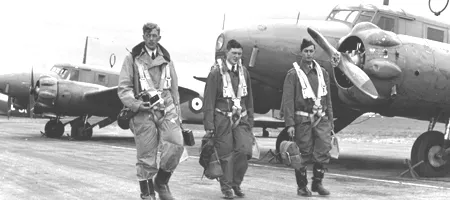
RCAF.info - RCAF Station L'Ancienne Lorrette QC
